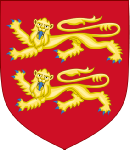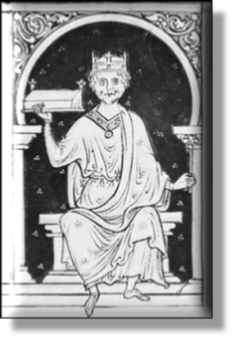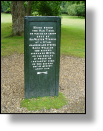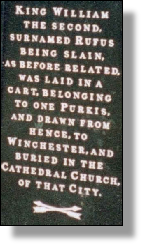


|
1091 |
Alexius I Comnenus, having stopped the Norman advance in Greece, defeats the Pechenegs, a nomadic people, and begins to restore the fortunes of the Byzantine Empire. |
|
1093 |
The Italian philosopher Anselm is appointed Archbishop of Canterbury. His relationship with King William II proved to be a troubled one and he was forced into exile four years later. |
|
1094 |
The Spanish soldier El Cid captures the city of Valencia from the Moors after a siege lasting twenty months. He rules the city for the next five years. |
|
1095 |
Pope Urban II proclaims a Crusade, Le Chanson de Roland is produced, the most celebrated of the eighty Chansons de geste still in existence. It tells of the heroic deeds of Charlemagne and his knights. |
|
1098 |
The monastic order known as the Cistercians, a stricter form of the Benedictine order, is founded at Cîteaux Abbey in France. Bernard of Clairvaux joins the order in 1113. |
|
1099 |
The Crusaders capture the Holy City of Jerusalem after a
month- |
|
1100 |
William II, never a popular king, is killed while hunting in the New Forest. Mystery surrounds the cause of his death but it is officially regarded as accidental. He is succeeded by his brother Henry I. |








 King's
brother Robert took part in the first Crusade and both his brothers
benefited as a result. William was able to seize land from his Norman
duchy during his absence, and Henry, upon the death of William, had
time to seize the reins of government before his brother returned and
attempted, unsuccessfully, to take the English throne.
King's
brother Robert took part in the first Crusade and both his brothers
benefited as a result. William was able to seize land from his Norman
duchy during his absence, and Henry, upon the death of William, had
time to seize the reins of government before his brother returned and
attempted, unsuccessfully, to take the English throne.  a
military expedition which sets out for the Holy Land and drives
the Muslims out of the city of Jerusalem in
a
military expedition which sets out for the Holy Land and drives
the Muslims out of the city of Jerusalem in 